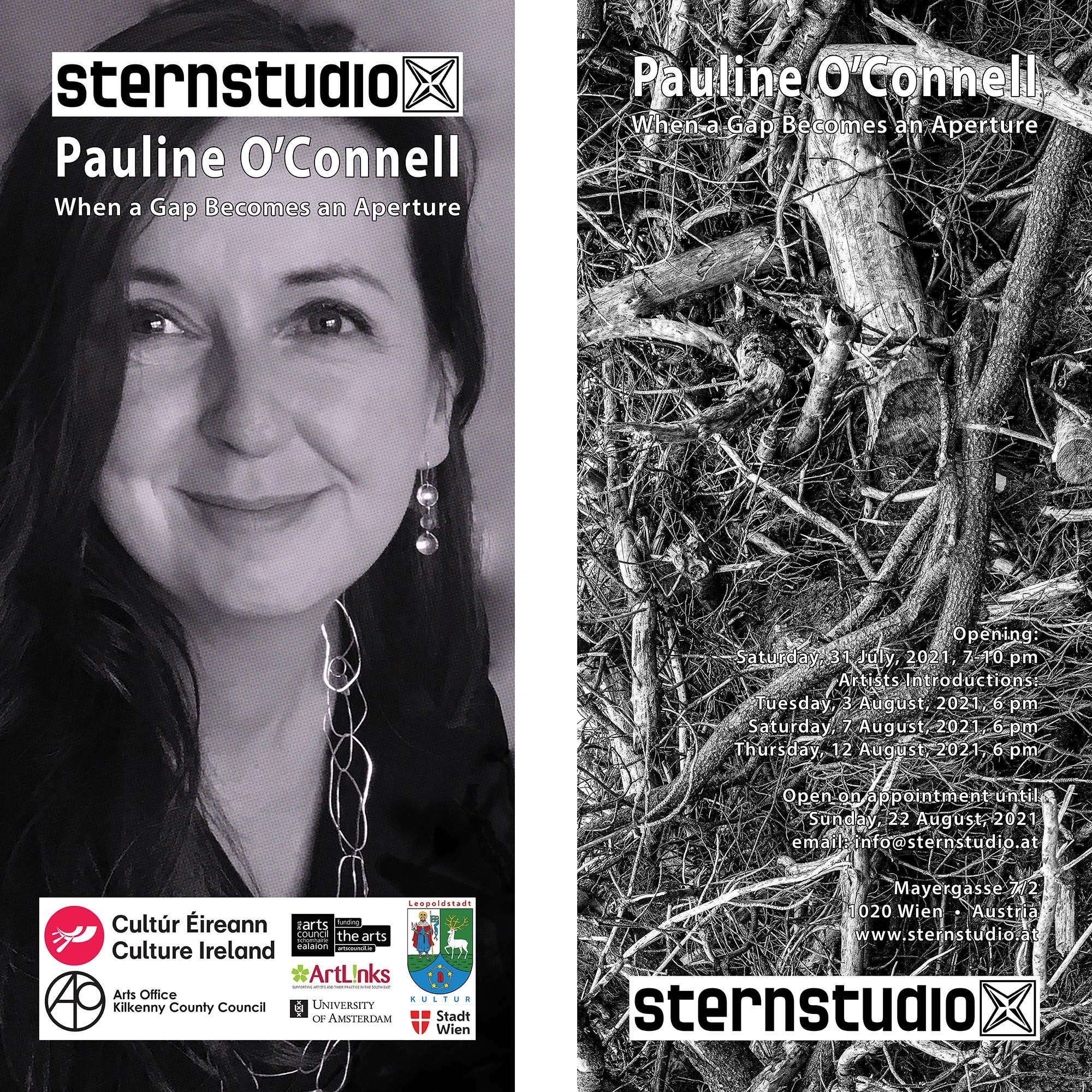When a Gap Becomes an Aperture
2021
The exhibition comprises a series of newly created works ranging from a choreographic textual neon work, a large-scale photographic panorama, a wooden sculpture and an artist’s book. At the centre is (t)here (2020-2021) - a green neon wall- mounted text work whose central element - a constant, is here - which is always ‘on’. Shifting perspectives are presented through a series of accumulations - questions and positions: here, (t)here, where?, nowhere, now (t)here, now here, here? This ‘on/off’ sequence tells its own story where the politics of narrative – whereby authority is afforded to those who employ it can maintain power over those subject to it - can be analysed, deconstructed and translated. This work acts as a prompt through which conversations can be catalysed. It is, therefore, unfinished in that sense. It creates a space for further enquiry, for discussions across and between rurals constituted by multiple, similar and contradictory identities, geographies and lifeworlds.
Inspired by Georges Perec’s experimental book Tentative D'épuisement d'un Lieu Parisien, or An Attempt at Exhausting a Place in Paris, In the Middle of Nowhere (2019), in the form of an artist’s book, recontextualises this work where O’Connell pays attention to the seemingly insignificant and notices what is taking place when nothing special is happening. Set at Brooke’s Cross, Castlewarren, Co. Kilkenny, where, over three days, she placed herself and took note of what she saw speaks back to rural pejoratives such that ‘nothing happens there’, ‘it’s the middle of nowhere’.
-
A 4-meter wide photographic panorama depicts the so-called heaved-up-leftovers of a mono-culture industrial plantation after it is deforested. These linear spoils line up similar to war barricades, redrawing the area where planting took place 30 years prior. They become remnants of an ongoing industrial agriculture practice that is based on an extraction rhetoric that renders land/nature only valuable in economic terms. This upland area, a place called The Brown Mountain that is close to where the artist lives, is left spoiled. The land is deemed by agricultural policy not good enough for anything but large scale, quick-growing Sitka Spruce plantations that, at the end of their growing life are transformed into low-grade planks and OSB board. Even though considered a sustainable renewable timber resource, these monoculture plantations render the soil dead in terms of its biodiversity. While agricultural incentives are at odds with the prospect of forward-thinking ecological restoration which involves the replanting of a broad range of native trees and time is given for them to regenerate, in this way, the agri-capitalist frame is subverted offering a more-than palliative approach. A decentring of the ego and galvanising thinking beyond one’ self and lifetime is required. Spoil I, is the first in a series that reflects on our attachment/detachment to nature and our surrounding environment.







